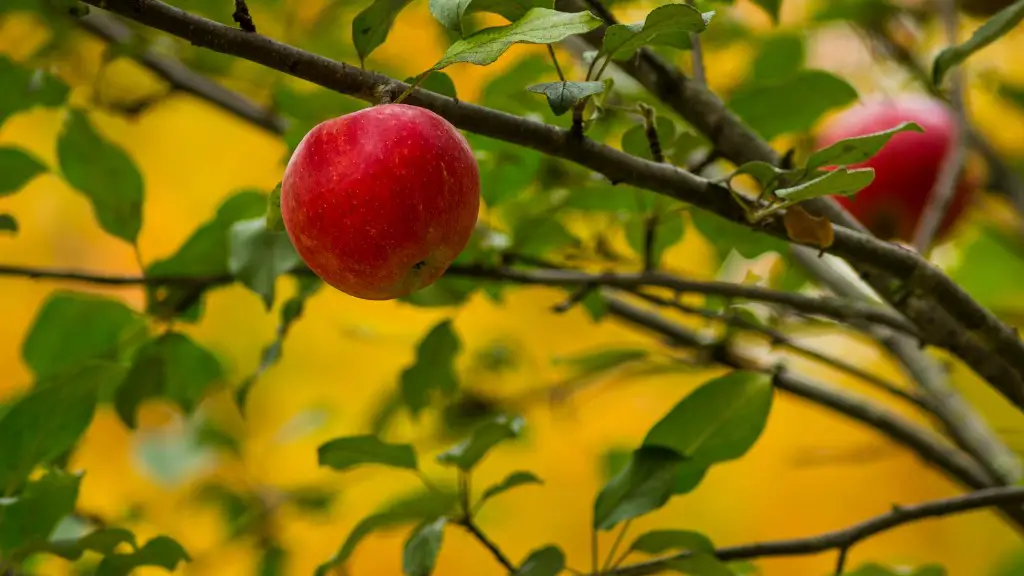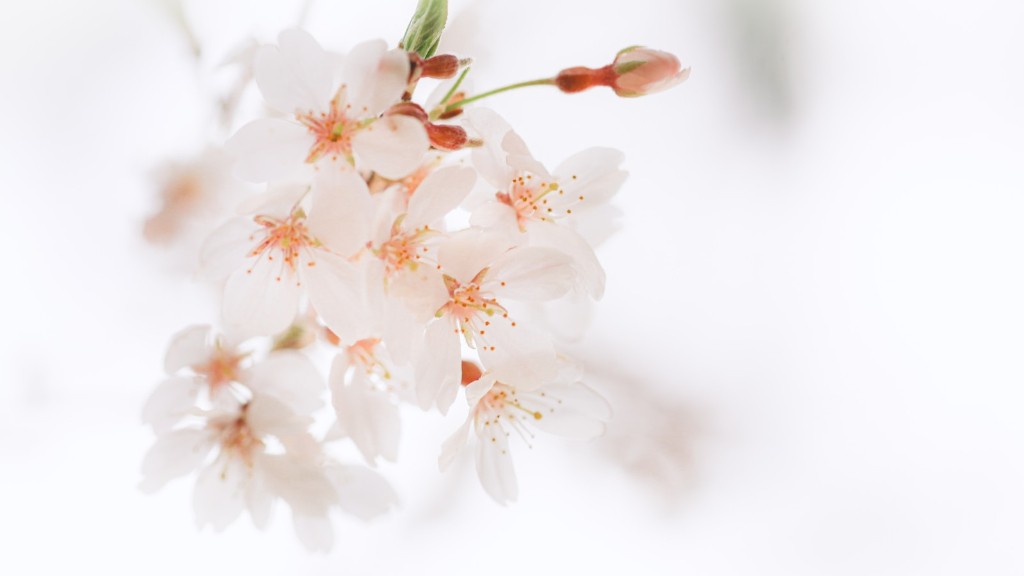Protection from Insects
Apple trees are susceptible to a wide array of insect pests and diseases. For adequate protection, it is essential to understand the life cycles of the various pests and how they interact with the tree to ensure successful pest management. Be proactive and take preventive measures to keep these persistent pests away before they cause significant damage. This includes monitoring the tree closely and understanding its needs to identify any signs of an impending pest attack. Maintaining the trees in ideal environmental conditions and ensuring adequate nutrition are the surest bets to ensure successful pest management. Effective measures such as the timely use of insecticides, using appropriate trapping systems, eliminating competing host plants for the insects, and rotating the use of chemical treatments, among others, can go a long way in protecting the tree from insects.
Protection from Fungal Diseases
Fungal diseases can cause significant damage to apple trees. To protect them from fungal diseases, it is important to adopt good cultural practices such as avoiding overcrowding, promptly pruning dead or diseased parts and cleaning up fallen leaves, among others. If a fungal disease is detected, appropriate fungicides should be used to control the infection. Keeping the trees free of debris, keeping the landscape free of weeds and optimizing fertility levels through nutrient management can also help protect apple trees from fungal diseases.
Protection from Environmental Factors
Apple trees are susceptible to a number of environmental factors, such as extreme temperatures and inadequate water levels. Thus, it is important to protect them from such factors in order to ensure successful harvest. For instance, protecting the trees from extreme weather conditions using tree wraps, providing them with shade in hot summers, irrigating them regularly as needed, mulching adequately and lavishly, and using appropriate pruning techniques can go a long way in protecting the trees from environmental factors.
Protection from Accidental Damage
Accidents, like broken branches and damaged trunks, can make the tree vulnerable to different pests and diseases, thus, it is important to protect them from such accidental damage. To do so, one should inspect the tree on a regular basis and prune away dead branches or damaged parts of the tree. If any serious issues are noticed, like cavities or holes, it is important to contact an arborist immediately to ensure the tree is well taken care of.
Protection from Diseases Caused by Poor Nutrition
Apple trees require adequate nutrition for healthy growth, and poor nutrition can make the trees vulnerable to a variety of diseases. Thus, it is important to foster good nutrient management practices in order to protect the trees from such diseases. This includes choosing the right type and amount of fertilizer for the tree, optimizing soil pH levels and avoiding overuse of chemical fertilizers. Additionally, providing the trees with adequate micronutrients and vitamins can also help protect them from nutrient deficiencies.
Protection from Weeds
Weeds can interfere with the growth of the apple tree by competing with it for essential nutrients and water. Thus, it is important to keep weeds away from the tree in order to ensure its optimal growth. This includes practicing good hygiene by removing any dead leaves or debris around the tree, keeping the landscape free of weeds and using landscape fabrics or organic mulches around the roots. Additionally, thorough maintenance of the area around the tree to get rid of any weeds on a regular basis can also help protect it from weed infestations.
Protection from Animal Pests
Apple trees are susceptible to a variety of animal pests, such as deer, birds, rabbits, and rodents. Animal pests can cause significant damage to the tree, thus, it is important to protect it from them. A variety of methods can be used for protection, such as using physical barriers like cages or fences around the tree, using repellents and attractants, and regular monitoring of the tree to identify any signs of animal damage. Additionally, providing alternative food sources for the animal pests can also reduce their attack on the tree.

